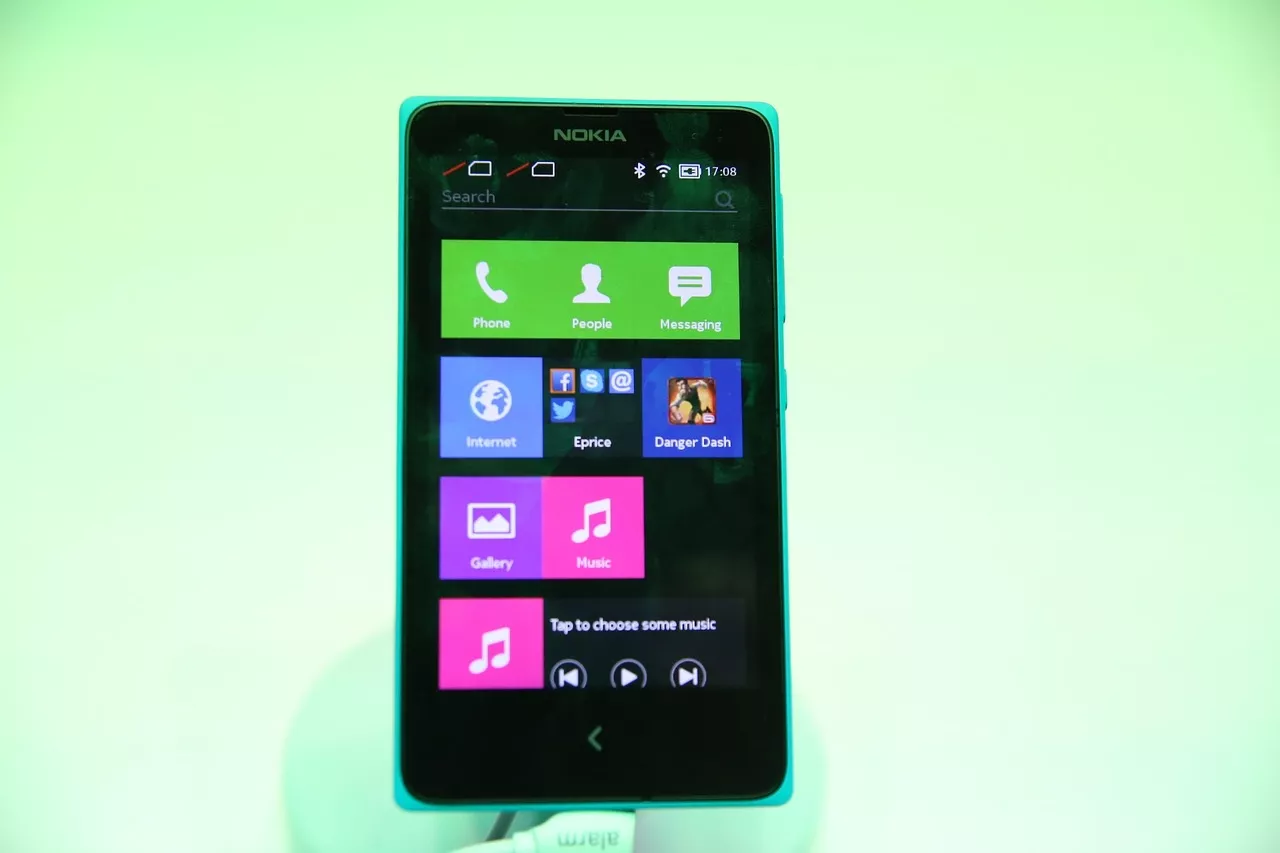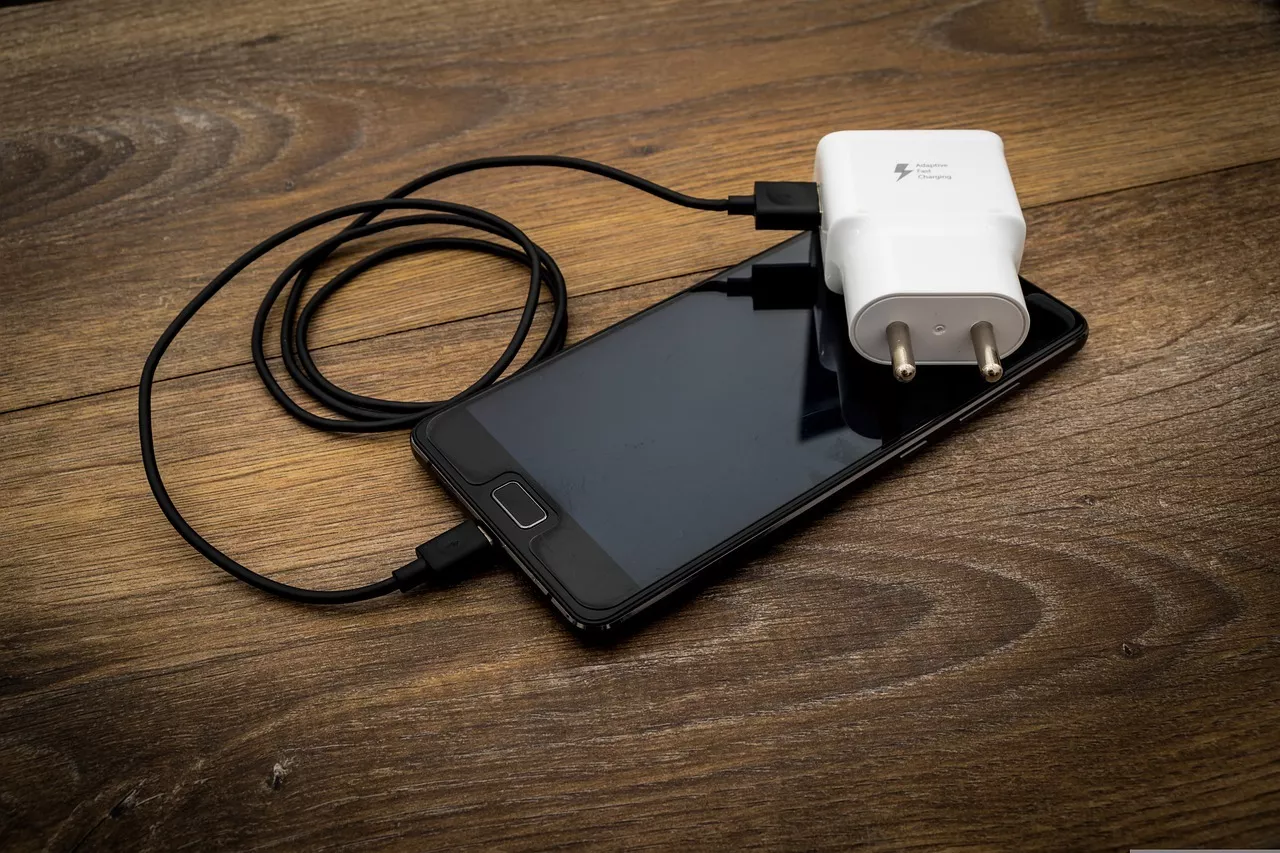Why Windows Phone failed
Windows Phone emerged in the mobile market with the promise of offering a fresh and vibrant alternative to the iOS and Android duopoly. However, despite its promising start and the backing of tech giant Microsoft, Windows Phone never managed to capture a significant market share, ultimately leading to its failure. This article explores the various factors that contributed to the downfall of Windows Phone, shedding light on the complexities of competing in the mobile OS market.
A Late Start
One of the critical factors that contributed to Windows Phone's failure was its late entry into the smartphone market. By the time Windows Phone 7 was released in 2010, iOS and Android were already well-established, with a significant user base and a thriving ecosystem of apps and services. This late start meant that Windows Phone was always playing catch-up, struggling to convince users to switch from platforms they were already comfortable with.
Lack of App Support
Perhaps the most significant reason for Windows Phone's failure was its inability to attract developers and build a competitive app ecosystem. Developers were hesitant to invest time and resources into creating apps for a platform with a small user base, leading to a vicious cycle where the lack of apps prevented the growth of the user base, which in turn made the platform even less attractive to developers. Key apps and games that were available on iOS and Android were often missing or arrived much later on Windows Phone, making it a less appealing choice for consumers.
The Nokia Partnership
In 2011, Microsoft formed a strategic partnership with Nokia, with the latter committing to use Windows Phone as the primary OS for its smartphones. While this partnership was initially seen as a significant boost for Windows Phone, it had limitations. Nokia's hardware was well-regarded, but the decision to tie its fortunes so closely to Windows Phone, which was still struggling to gain traction, ultimately limited Nokia's own potential in the smartphone market. Additionally, other manufacturers were less inclined to adopt Windows Phone, knowing that Microsoft had a preferential relationship with Nokia.
User Experience and Design
Windows Phone was praised for its unique and user-friendly interface, featuring live tiles and a minimalist design that stood out from its competitors. However, this distinctiveness was not enough to overcome the platform's shortcomings. Many users found the transition to Windows Phone's interface confusing, especially those accustomed to the familiarity of iOS and Android. Furthermore, despite its aesthetic appeal, the operating system lacked the customization and flexibility that Android users, in particular, were accustomed to.
Marketing Missteps
Microsoft's marketing strategy for Windows Phone also contributed to its downfall. The company struggled to clearly communicate the advantages of Windows Phone over its competitors, often failing to highlight its unique features in a compelling way. Microsoft's marketing efforts were unable to create a strong brand identity for Windows Phone, making it difficult to attract consumers who were already loyal to iOS or Android.
Strategic Errors
Microsoft made several strategic errors that hindered Windows Phone's success. The company was slow to update the operating system, with significant gaps between releases, which made it difficult to keep pace with the rapid innovations of iOS and Android. Microsoft also enforced strict hardware requirements for Windows Phone devices, limiting the diversity of devices available and making it difficult for manufacturers to differentiate their products.
The Shift to Windows 10 Mobile
In an attempt to revitalize its mobile efforts, Microsoft introduced Windows 10 Mobile, aiming to create a unified platform across PCs, tablets, and smartphones. However, this shift came too late and did little to change the fortunes of Windows Phone. The promise of universal apps did not materialize as expected, and by this point, both users and developers had largely moved on.
Conclusion
The failure of Windows Phone is a complex tale of missed opportunities, strategic missteps, and the challenges of entering a market dominated by established players. Microsoft's late start, inability to build a robust app ecosystem, and strategic errors in its partnership with Nokia and marketing strategies all contributed to the platform's downfall. Despite its innovative design and unique features, Windows Phone could not overcome the considerable obstacles it faced, ultimately leading to its exit from the smartphone market. The story of Windows Phone serves as a cautionary tale about the importance of timing, ecosystem development, and clear strategic vision in the competitive tech landscape.











